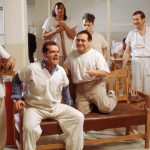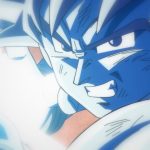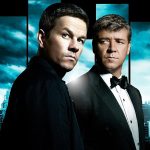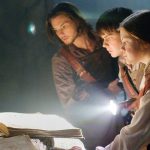🎬 The Lord of the Rings: The Return of the King (2003)

🎬 Introduction to The Lord of the Rings: The Return of the King (2003)
The Lord of the Rings: The Return of the King (2003), directed by Peter Jackson, is the final installment in the epic Lord of the Rings trilogy, based on the novels by J.R.R. Tolkien. This film concludes the extraordinary journey of Frodo Baggins (Elijah Wood), Aragorn (Viggo Mortensen), Gandalf (Ian McKellen), and their companions as they battle to destroy the One Ring and defeat the dark lord Sauron. The culmination of a story filled with friendship, sacrifice, and heroism, The Return of the King is a stunning cinematic achievement that blends adventure, fantasy, and drama with an emotional depth rarely seen in blockbuster films.
In this chapter, the final battle for Middle-earth looms large as Aragorn takes his rightful place as the king, while Frodo and Samwise Gamgee (Sean Astin) press on in their mission to destroy the One Ring in the fires of Mount Doom. With incredible battles, towering stakes, and emotional farewells, The Return of the King serves as both a conclusion to the trilogy and a triumphant moment for the characters and the world they inhabit. Widely regarded as one of the greatest fantasy films of all time, the film blends breathtaking visual effects with powerful storytelling, concluding a tale that has captivated audiences worldwide.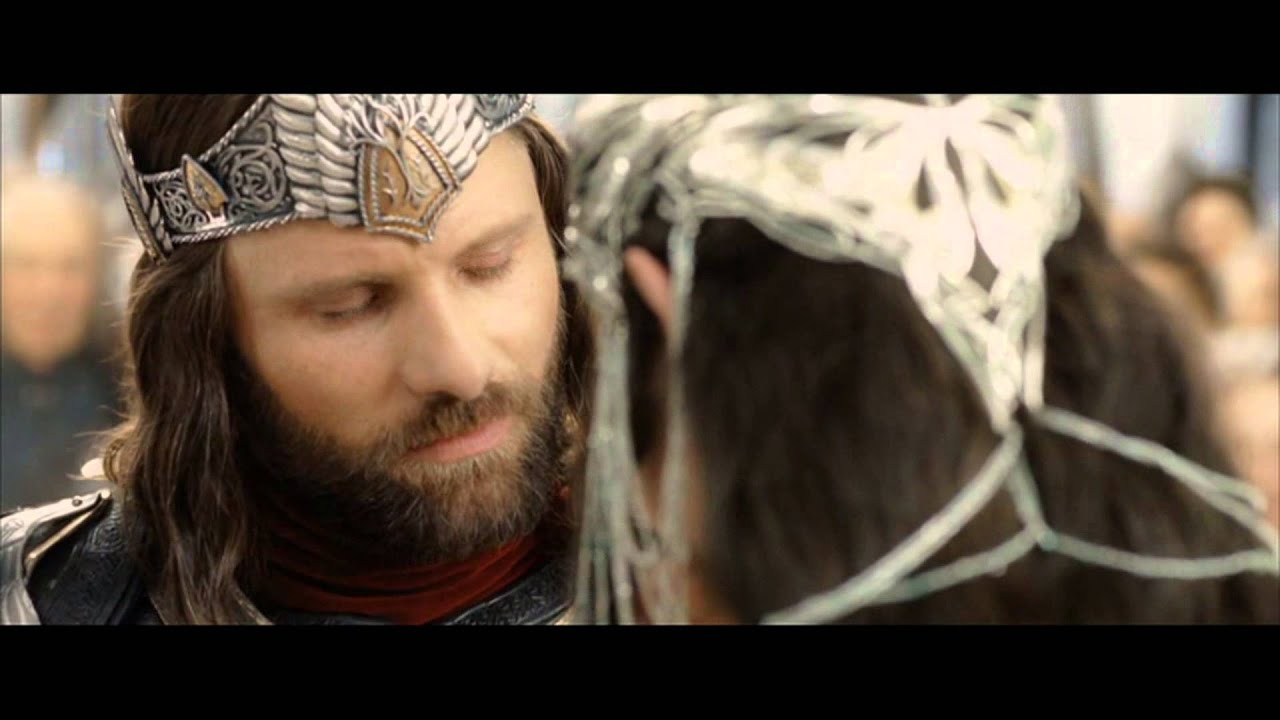
🎬 Visuals, Battle Sequences, and Cinematic Achievements
One of the most remarkable aspects of The Return of the King is its extraordinary visual presentation. The film builds on the innovative work of its predecessors and pushes the boundaries of what was possible at the time. With its stunning landscapes, massive battle sequences, and unforgettable visual effects, the film transports viewers back to Middle-earth in a way that feels both grand and intimate.
The battle scenes in The Return of the King are truly epic, most notably the Battle of Pelennor Fields, where the forces of Gondor, led by Aragorn and his allies, face off against Sauron’s massive army. The scale and intensity of these sequences are jaw-dropping, with incredible CGI effects that create enormous armies, monstrous creatures, and explosive action. Yet, amid the chaos, the film maintains an emotional depth, focusing on the personal stakes for the characters involved. The battle is as much about the survival of the people as it is about defeating Sauron’s forces. The emotional resonance of these moments is highlighted through well-crafted character arcs, particularly for characters like Éowyn (Miranda Otto), who finds herself in the midst of the battle, and Faramir (David Wenham), whose journey is defined by courage and redemption.
The film’s use of CGI, including the stunning portrayal of the army of the Dead and the terrifying presence of Sauron’s creatures, is seamless, enhancing the tension and drama without overshadowing the story’s emotional core. The sweeping shots of the kingdom of Gondor, the fiery landscapes of Mount Doom, and the surreal beauty of the Shire remind the audience that the world of The Lord of the Rings is not just a backdrop for action, but a living, breathing entity that affects the characters at every turn.
🎬 Characters, Themes, and Emotional Impact
At its heart, The Return of the King is a film about the triumph of good over evil, but it is also about the journey of its characters and the emotional toll of their choices. The film deepens the themes of sacrifice, friendship, and destiny that have been explored throughout the trilogy, providing a poignant and fitting conclusion for the beloved characters.
Frodo’s journey to Mount Doom is the central emotional arc of the film. His struggle with the corrupting power of the Ring and the immense burden of his mission are felt deeply as the weight of his quest threatens to overwhelm him. Samwise’s loyalty and bravery shine through in this final chapter, cementing his role as one of the trilogy’s most memorable and heroic characters. Their journey to destroy the Ring is fraught with danger, but it is also marked by moments of profound friendship and emotional growth.
The film also highlights the leadership of Aragorn, who must step into his role as king. His internal battle with his own doubts and fears about his destiny is a powerful reflection of his growth throughout the trilogy. In The Return of the King, Aragorn embraces his destiny, not just as a warrior, but as a ruler who must unite the people of Middle-earth to face Sauron’s dark forces. His courage, honor, and humility are fully realized, and his journey provides one of the film’s most satisfying character arcs.
The themes of sacrifice and redemption are also explored in the characters of Gollum (Andy Serkis) and Faramir, whose actions reveal the complex nature of good and evil. Gollum, driven by his obsession with the Ring, is both pitiable and menacing, embodying the corrosive power of the Ring. Faramir, on the other hand, is redeemed through his willingness to do what is right, even when faced with tremendous personal cost. These characters’ emotional journeys resonate deeply, reinforcing the film’s exploration of inner strength and the choices that define one’s path.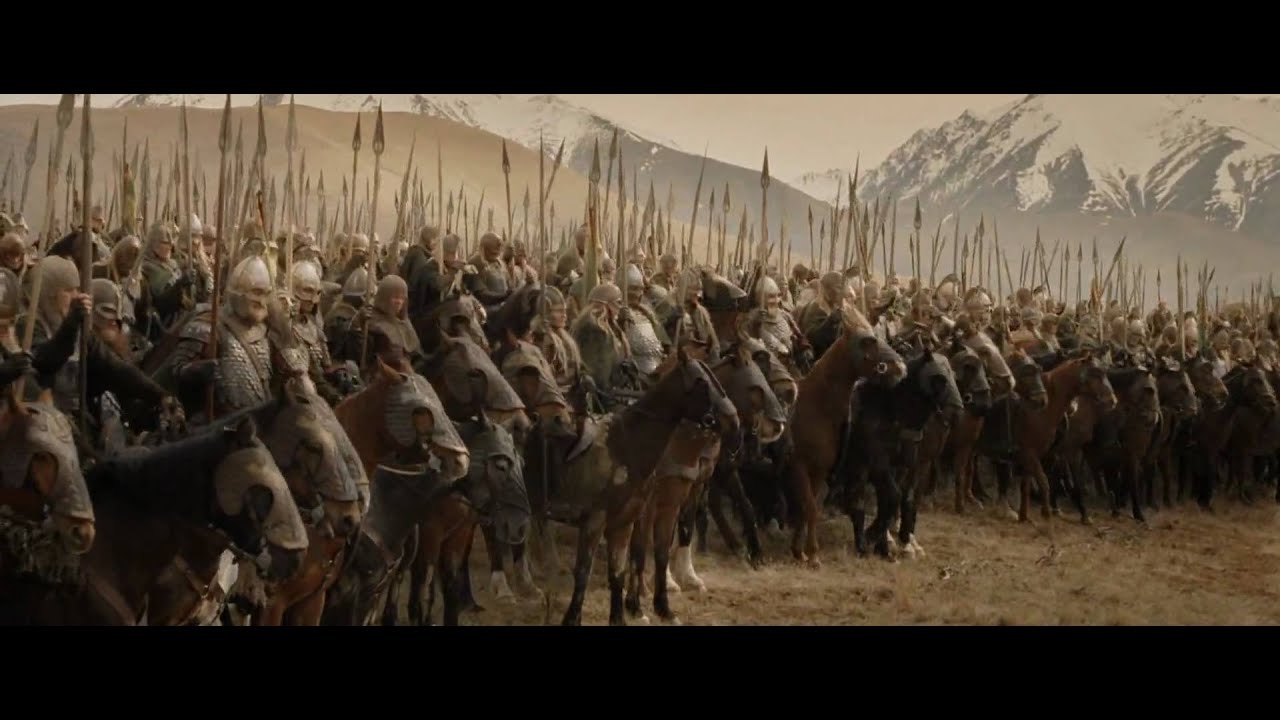
🎬 Legacy, Awards, and Conclusion
The Return of the King (2003) not only closed the trilogy in grand style but also cemented the Lord of the Rings saga as a defining work in the history of cinema. The film was a massive success both commercially and critically, grossing over $1 billion worldwide and sweeping the Academy Awards with 11 Oscars, including Best Picture, Best Director, and Best Adapted Screenplay. It is one of the few films in history to win all of the major Academy Awards, further solidifying its place as a cinematic masterpiece.
The film’s legacy continues to inspire filmmakers and audiences alike. The incredible attention to detail, the sweeping scope of the story, and the emotional depth of its characters have set a new standard for fantasy films. Peter Jackson’s direction, combined with the work of his outstanding cast and crew, brought Tolkien’s world to life in a way that resonates with viewers of all ages. The Lord of the Rings trilogy, especially The Return of the King, remains a touchstone for epic storytelling, blending action, adventure, and heart into a timeless narrative.
In conclusion, The Lord of the Rings: The Return of the King (2003) is not just a conclusion to a trilogy but an epic conclusion to a journey that has captured the imaginations of millions. With its unforgettable characters, breathtaking visuals, and emotional depth, it stands as a landmark in cinema history. As the final chapter of a masterful saga, The Return of the King offers a fulfilling and emotionally satisfying conclusion, leaving an indelible mark on the fantasy genre and filmmaking as a whole.


